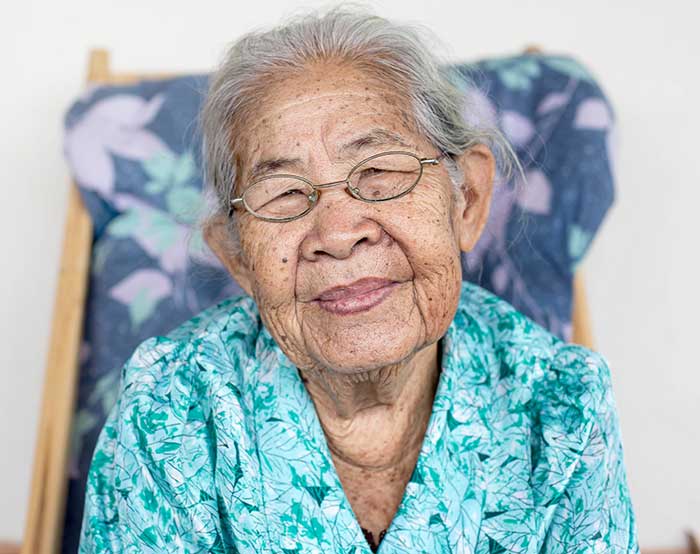web_elderlyjapanese_shutterstock_295902839.jpg

40% of Japan's population will be over 65 by 2050 - the highest share in the world.
The think-tank’s 2016 review of Japan found that more than half a percentage point was knocked off Japan’s annual economic growth rate over 1999-2011 as it population grew increasingly older.
Japan’s population is set to shrink from its peak of 128 million in 2010 to 100 million by 2050, and life expectancy, which currently stands at 83.5, is increasing, pushing up the country’s old-age dependency ratio.
Japan’s public purse will increasingly feel the pressures of rising pension payments, health and long-term care costs as the share of people over 65 years rises from 25% today to around 40% by 2050 – the highest in the world.
One of the ways to combat this is by fostering productivity. The OECD said Japan should press forward with trade integration and make its corporate sector more dynamic through improved corporate governance and market reform.
Japan could also improve its return on investment in research and development by strengthening university-business linkages and encouraging greater mobility of researchers, the OECD added.
The report also stressed that Japan needs to tackle its fiscal challenges with a more concrete strategy to bring public debt down. Raising the eligibility age for pensions and long-term care could be an option to curb spending.
It needs to be easier for both men and women to combine work and family life, it continued, in part by changing the country’s culture of long working hours.
Japan also needs affordable access to quality early childhood education and care, which would increase the employment rate of women, currently 18% below that of men.
Employment opportunities for older people also need to be improved, the OECD said, suggesting their ICT skills could be enhanced and lifelong learning promoted.
Japan’s situation, however, is not without a silver lining. “Declining population should allow more flexibility in land use, enabling cities to build more green spaces or community development projects as density eases,” the OECD said.
It could also reduce traffic congestion, ease pressure on housing prices and the environment, create demand for new goods and services and provide an experienced and flexible workforce for part time jobs, entrepreneurship and volunteering.
The OECD welcomed Japan’s 2015 National Spatial Strategy, which aims to make cities more compact and better connected.
The report also recommends adapting policies to limit the impact of a rapidly shrinking population in areas from city planning to employment.
The right policies, increased longevity among workers and less-dense towns could bring opportunities for innovation, growth and wellbeing, the report said.
“Japan’s demographic challenge is daunting but not insurmountable,” said OECD general secretary Angel Gurría. “Ageing societies do bring costs, but having workers and consumers living longer is of course a good thing in itself, and can also be an economic asset.”













